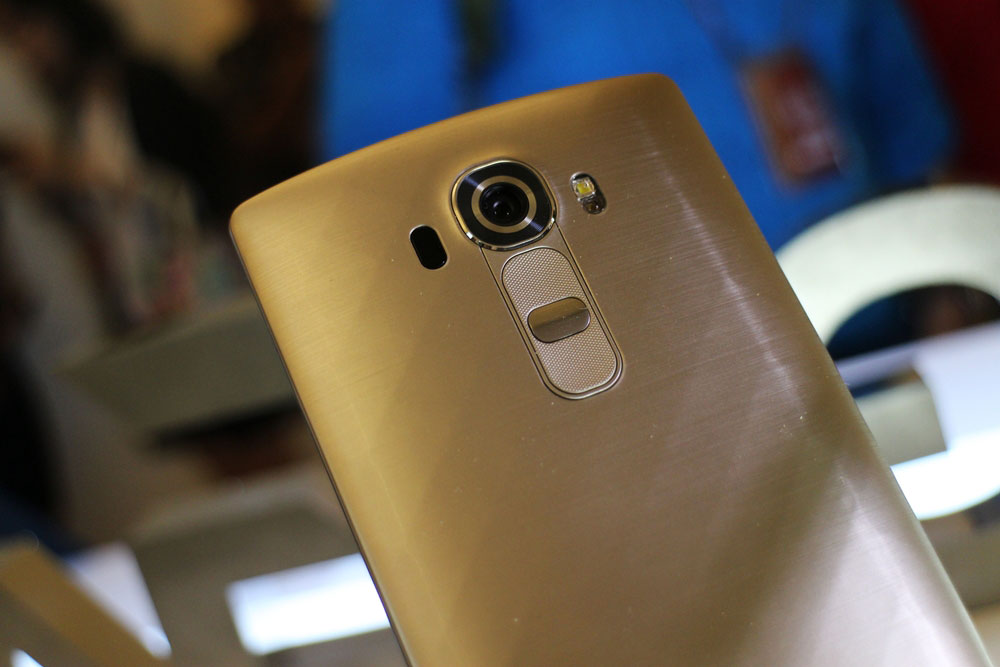Hiring an IT guy to handle a commercial establishment’s complimentary WiFi service might not be something all entrepreneurs welcome for various reasons, which is why Globe Telecom has come up with a new service aimed squarely at small and medium enterprises (SMEs) that makes it far simpler to turn any store, restaurant, bar, or any place where people wait, for that matter, into a hotspot.
Globe’s WiFi Hub not only allows business owners to attract more customers, but also lets them make more money by charging patrons for WiFi passes.
Globe’s myBusiness WiFi Hub not only allows establishments to attract more customers — customers who would now be more likely to share their experiences on social media, mind you — but also lets them make more money by charging patrons for WiFi passes. Of course, SMEs can opt to give out WiFi passwords with a minimum purchase requirement. They can even go the Coffee Bean & Tea Leaf route and integrate WiFi access into some kind of loyalty program.
Regardless, Globe touts its myBusiness WiFi Hub service as a win-win for both consumers and businesses owners: the former can stay connected and be productive on the go; the latter can grow their audience with a secure hotspot that isn’t prone to bandwidth abuse.
Globe’s WiFi Hub packages start at Plan 1599 for up-to-3Mbps download speeds and goes up to Plan 4299 for up-to-15Mbps speeds. They can also be purchased as an add-on to an existing myBusiness broadband plan for as low as P299 a month.
All WiFi Hub packages come with an LTE router linked to a mini printer that can be configured to print unique WiFi passwords in either time- or volume-based denominations. It also comes with a Globe landline with unlimited calls to Globe and TM numbers, plus dedicated after-sales support. For establishments that will be adopting a pay-per-use policy, Globe’s suggested pricing for a time-based scheme is P10 for 30 minutes of Internet use; P20 for 1 hour; and P30 for 2 hours.
The myBusiness WiFi Hub service is subject to a 24-month lock-in period. It’s currently being rolled out nationwide, so if you’re interested, you may want to get in touch with a Globe representative now.

